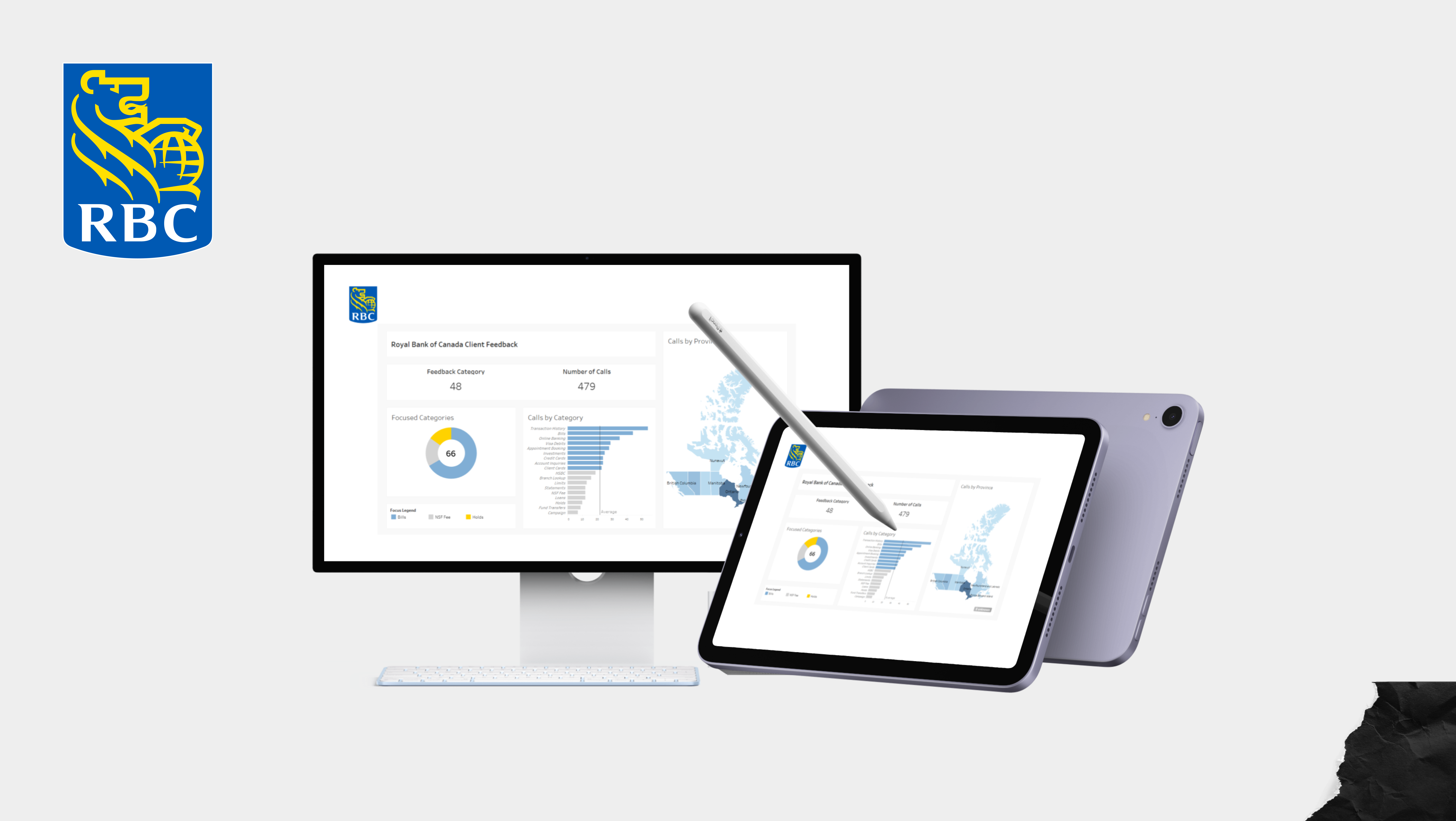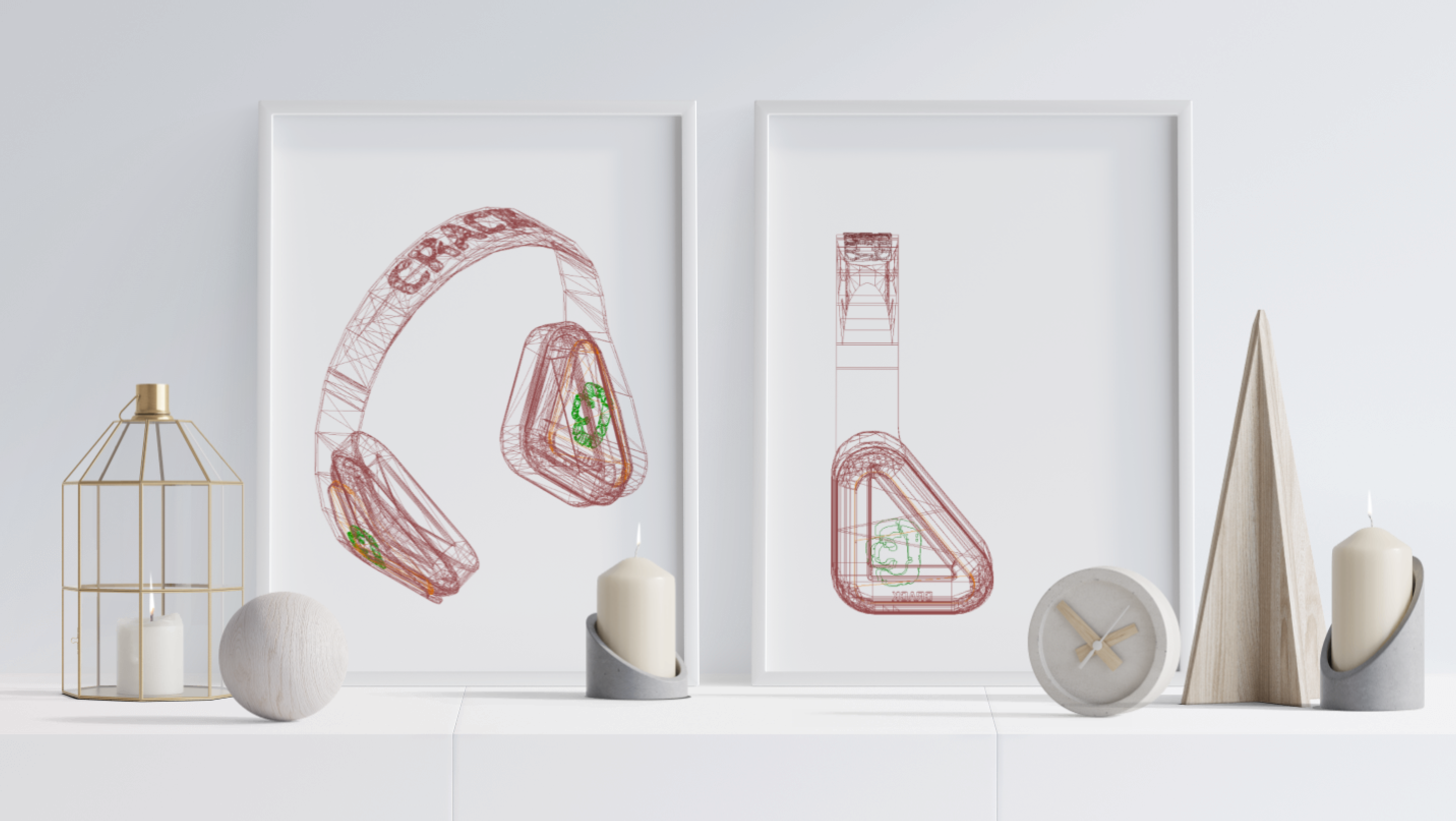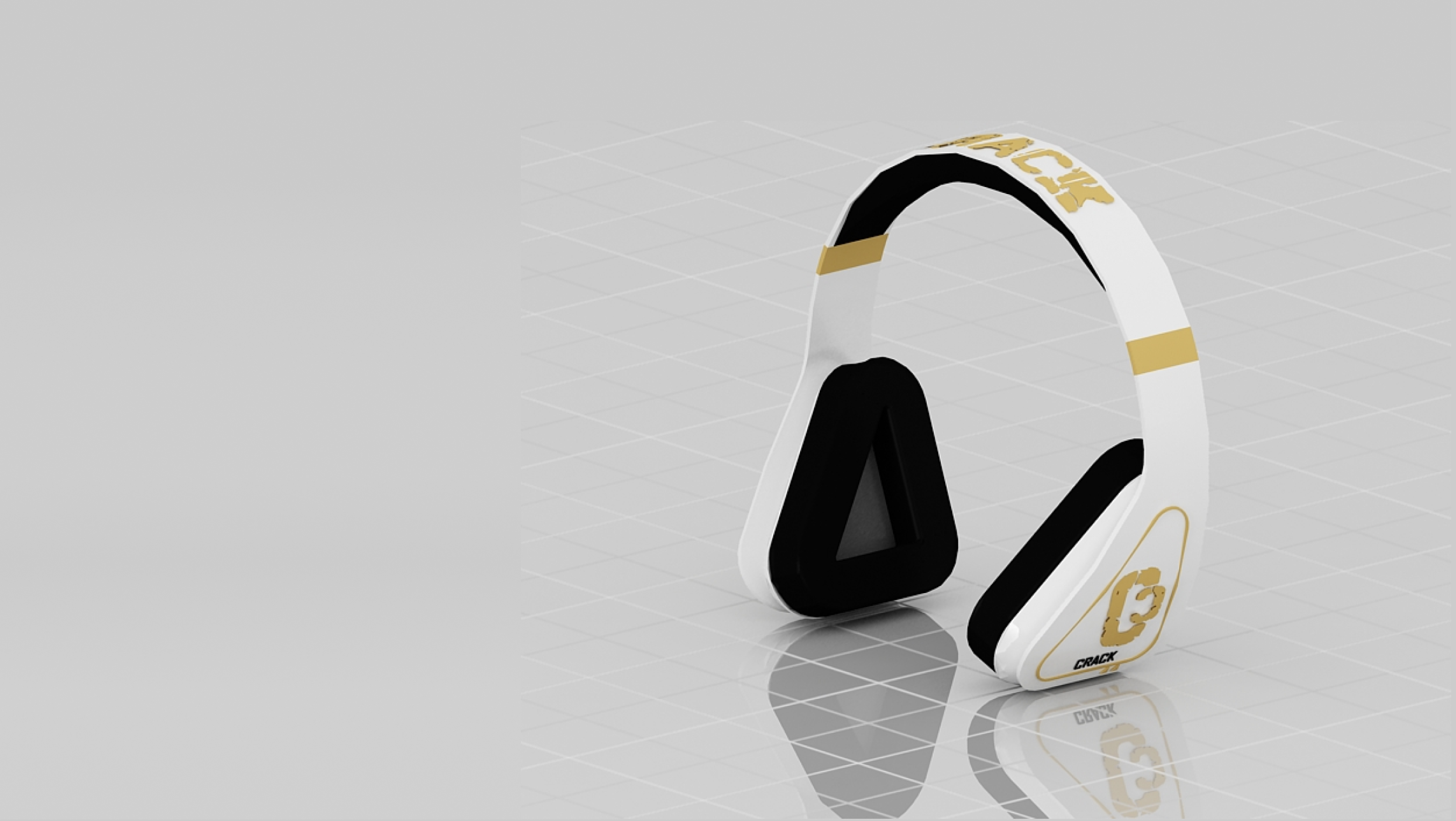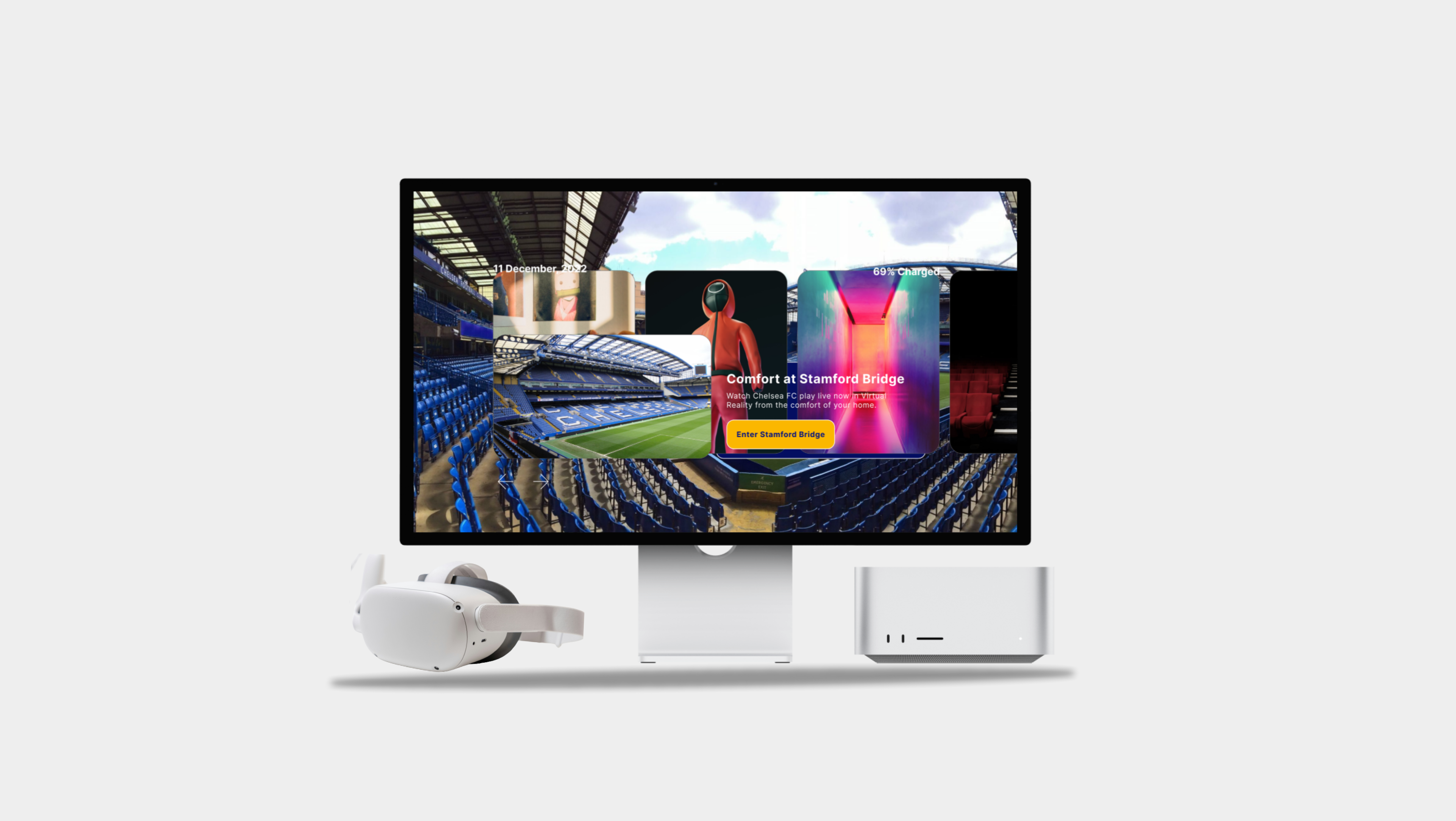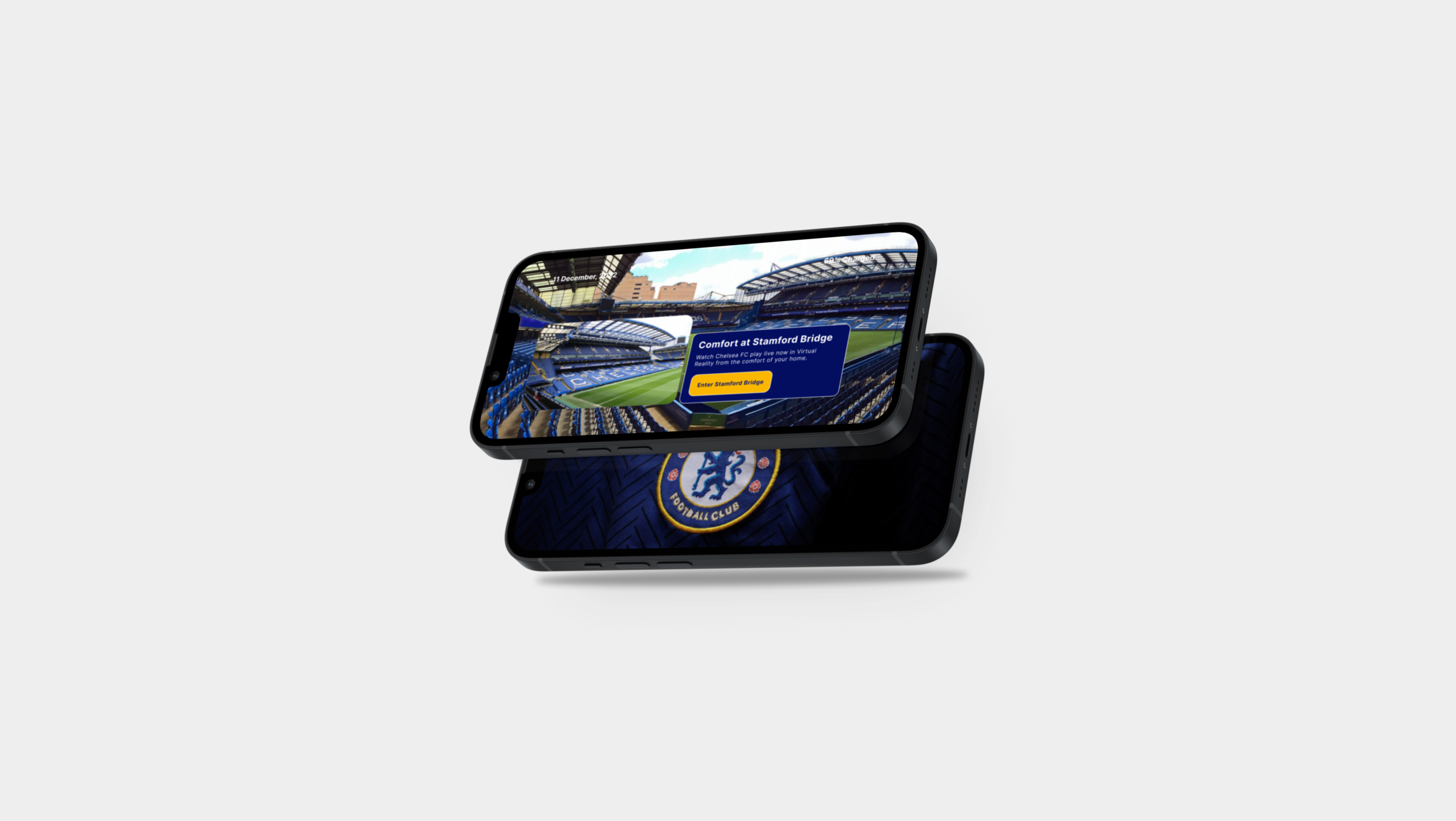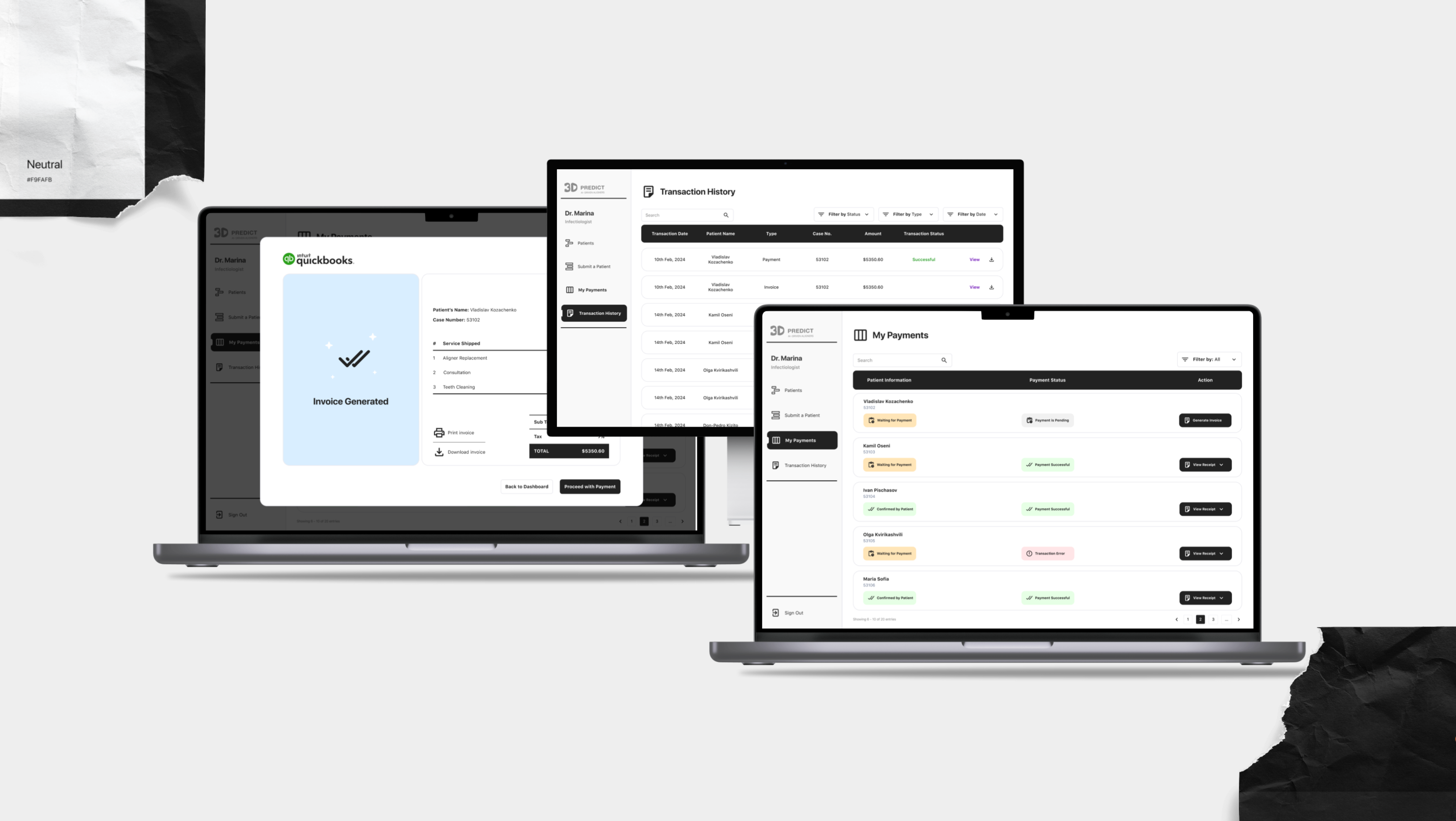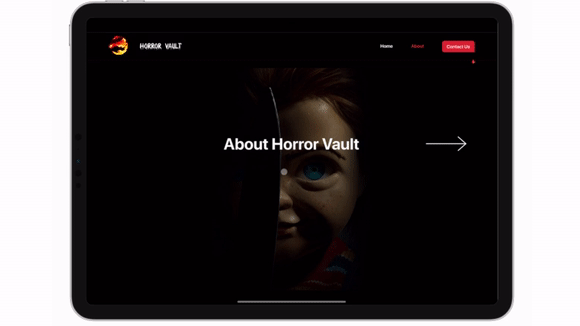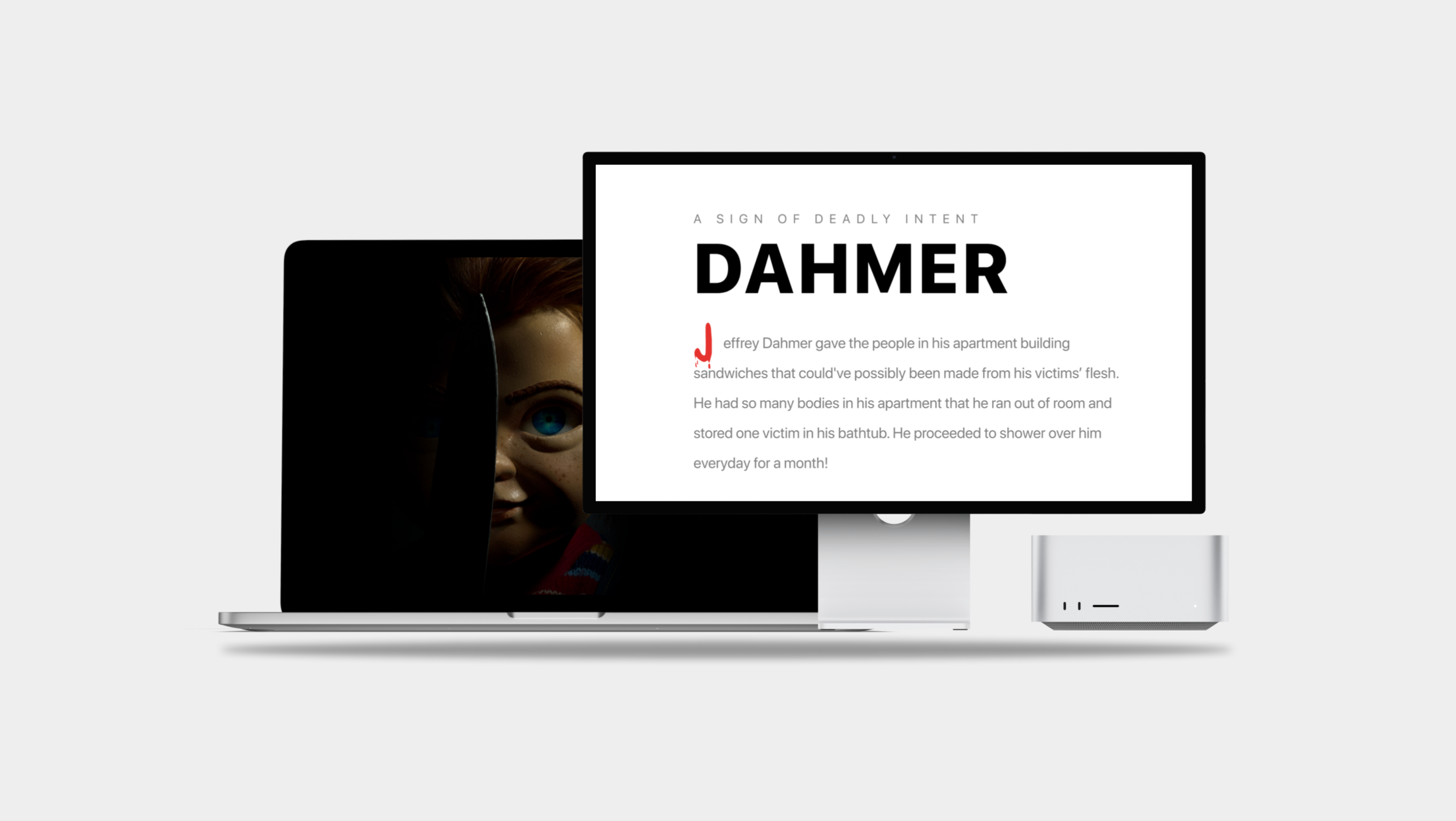Introduction
Trendx is a fintech startup in Africa, focused on asset tokenization and offering collateralized loans to entrepreneurs. As one of the UX/UI designers, I worked on a comprehensive redesign that significantly improved conversion and retention rates. I also contributed to the development of a new feature that allows users to take out loans.
What were the Problems?
• Many users found the app confusing and weren't sure what it was for, which led to a continuous decrease in user retention rates.
• Businesses were hesitant to use Trendx for tokenization because they didn't fully understand how the app worked or what advantages it offered.
• Venture Capitalists (VCs) criticized the app, stating that it needed to do a better job of showcasing its value to businesses to help attract more funding.
forms in just a few weeks, without additional marketing efforts.
Process Summary
Research: We started by exploring the existing app to pinpoint areas that needed improvement, which included:
• Discussions with stakeholders to review feedback from the app’s beta testing.
• Meetings with the founders to align with their business goals.
• Sketching initial concepts and creating flow charts to spot gaps in the user experience.
• Meetings with the founders to align with their business goals.
• Sketching initial concepts and creating flow charts to spot gaps in the user experience.
Design and Prototyping: Given the tight deadlines ahead of pitch dates to attract new businesses, our process involved rapid designing, testing, and iterating. We used Figma extensively to design the app interfaces, build prototypes, collaborate with developers, and incorporate feedback. Additional tools that supported our work included Google Docs, Google Meet, Jira, Slack, Testflight, Maze, Loom, WhatsApp, Git, Visual Studio Code, and Notion.
Solution and Impact
Successful Redesign: The overhaul of the app, which now includes over 1200 screens, was praised by stakeholders, test users, potential users, and current users of Trendx.
Notable Achievements:
1. Business Onboarding: A renowned filmmaker used the app two weeks post-redesign to raise $250K for a film project.
2. Partnership Proposals: We received three proposals from other African fintech companies, with two showing strong potential.
3. User Satisfaction: Further tests with existing users indicated that 9 out of 10 found the app significantly easier to use.
4. Increased Downloads: Achieved over 100 new downloads on both iOS and Android platforms in just a few weeks, without additional marketing efforts.
1. Business Onboarding: A renowned filmmaker used the app two weeks post-redesign to raise $250K for a film project.
2. Partnership Proposals: We received three proposals from other African fintech companies, with two showing strong potential.
3. User Satisfaction: Further tests with existing users indicated that 9 out of 10 found the app significantly easier to use.
4. Increased Downloads: Achieved over 100 new downloads on both iOS and Android platforms in just a few weeks, without additional marketing efforts.
My Role
Since the Trendx app was launched on the Google Play Store and App Store, it continuously experienced high churn rates and a downward trend in revenue generation.
One of the first tasks I carried out once I got onboarded on this project was to conduct a thorough walkthrough of the app to identify problem areas. Here are my findings from the walkthrough:




Design Process
Cognitive walkthrough and insights
We conducted several walkthroughs to pinpoint the main problems and friction points within the app. This involved systematically walking through the user interface while simulating a user’s interactions and tasks to understand how users might perceive and interact with the design.
To further understand user pain points and possible areas for improvement, we had several meetings with the team members who had tested the app before. They shared what users liked and didn’t like and where users had problems. This helped us know what we needed to fix.


Learning from Feedback
From the observations and the feedback gathered from users, we grouped their main questions and issues based on different sections of the app.
By looking at what users said and asked, we learned a lot that helped us decide what changes to make next. This helped us keep improving how the app works and looks.
Target User Groups



Early Sketches and Designs
Throughout the design, there were several shifts in the product roadmap as well as new and revised ideas from the founders.
I wish I could share all of the work done behind the scenes.


Before the redesign, the app had a lack of focus on core features, and the user journey was undefined with a lack of CTAs on major screens. Now, with over 1200 screens, Trendx has a fresh new look and a better user experience.


Optimizing onboarding experience
The previous app design had no onboarding experience, so I designed 3 screens to educate our target user groups on what to expect from Trendx.
Once sign-up is done, we give users the option of verifying their account (KYC) before signing into their profile or verifying their account at a later time. However, users cannot carry out transactions without verifying their accounts.
Changes made to the Home and Token Screens
The most impactful change made to the home page is the clear CTAs to help users take action. Among the CTAs, we had ‘List token’ and 'Loan', which were two priority features the business was looking to push. We also decided to add support to the menu because existing users of the app had a lot of complaints regarding the lack of a dedicated channel for their inquiries. It was a make-or-break factor for many users.
To encourage users to buy tokens, content on the token page had to be structured in a way that is intuitive and convincing, I took some time to think through questions a user might have about a token before deciding to make a purchase. As a buyer, I would have questions like:
• What company owns these tokens?
• Who owns the company?
• What does the company do?
• What do I stand to gain from investing in the company/ buying the tokens?
• Who owns the company?
• What does the company do?
• What do I stand to gain from investing in the company/ buying the tokens?
Support Feature
In response to user feedback gathered during beta testing, we created dedicated support screens within the Trendx app where users can engage with a chatbot for immediate assistance with inquiries or questions. In cases where the bot cannot provide answers, users are redirected to WhatsApp for further assistance.
The Marketplace
On the marketplace, investors or token holders can sell tokens they no longer wish to retain. Defaulted loans are another way to access the marketplace. When a borrower defaults on their loans for a certain period, lenders can list the borrower's tokens/collateral for sale in the marketplace to recover some or all of their funds. Within the marketplace, buyers have the flexibility to bid, counter-bid, and make offers for tokens.
The Loan Feature
While designing the loan feature, there was a lot of deliberation on how best to design the functionality. We had two ideas initially: a liquidity pool or peer-to-peer loans. It took hours of research and several meetings for the team to conclude on P2P loans as this would favor both users and the business in the long run.
To get a loan, a user would have to own tokens (by creating or buying them) and then request a loan of not more than 60% of the value of their tokens of Trendx. Lenders can then send offers for published loan requests or publish their offers with their terms.
I also used progressive disclosure to reveal information to users; for example, a user does not need to choose what tokens to collateralize until they are in the process of applying for a loan or publishing a loan request. Progressive disclosure prevents information overload, allowing users to focus on one task at a time while still getting additional information when necessary.
On the newly designed loan screens, users can tell exactly what the loan feature means. There are also clear CTAs for lenders and borrowers.
For this case study, I’ll be sharing one of the flow charts I created for the loan feature. This chart helped me visualize the user journey for creating a loan request.
Some other core user paths of the loan feature include:
• User applies for a loan by indicating interest in a published offer
• User reviews loan status
• User schedules repayments
• User explores available loan options
• User offers a loan by creating a loan offer
• User reviews applications
• User disburses loan from wallet
• User reviews loan status
• User schedules repayments
• User explores available loan options
• User offers a loan by creating a loan offer
• User reviews applications
• User disburses loan from wallet
Emma AI
During the design process, Emma AI evolved from being a simple replacement for the chatbot to a guide and onboarding assistant for new businesses. This decision stemmed from the belief that integrating Emma AI in this capacity would offer greater utility to users compared to the existing third-party onboarding services (e.g. Whatsapp). The feature will undergo testing to validate its effectiveness and inform future business decisions, although the third-party services will not be completely phased out until the efficiency of Emma AI is established.
We used a slightly different color scheme for the AI interface to visually differentiate it from the chatbot.
Quality Assurance and Testing
I actively participated in quality assurance and testing sessions alongside engineers to ensure the app's readiness before deployment on the App Store and Google Play Store. These sessions were essential in identifying and addressing discrepancies and bugs to ensure a smooth user experience. Even after deployment, our commitment to quality persisted through more testing and bug fixes, coupled with design iterations based on early user feedback.


What I Learned
Flexibility
While working on this project, I recognized that meeting deadlines was crucial to retaining clients; we had to design, test, and iterate simultaneously. Moreover, I improved my ability to work through feedback to prioritize aspects that impact the user experience and revenue opportunities.
Legal
I got a better understanding of the legal considerations surrounding sensitive applications, particularly financial ones. I had to do regular check-ins with the legal department to ensure alignment with regulatory and KYC requirements throughout the interface design.
Development
An experience I enjoyed was collaborating with software engineers. My programming background made working with them seamless.
Post-launch optimization
Despite the pre-launch testing, we had to keep monitoring the product's performance metrics, such as loading times, responsiveness, and reliability, while gathering feedback from early users.

